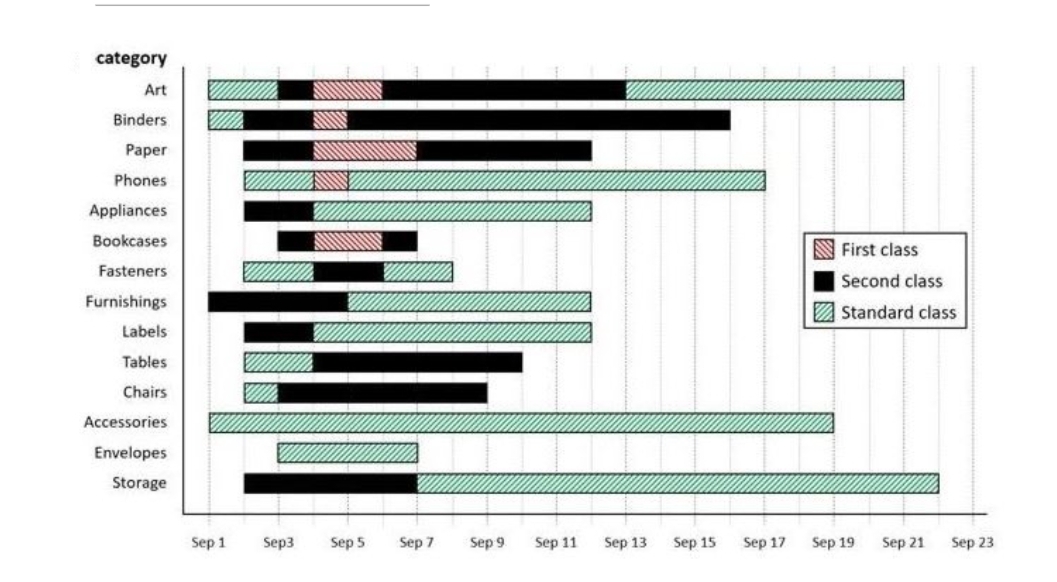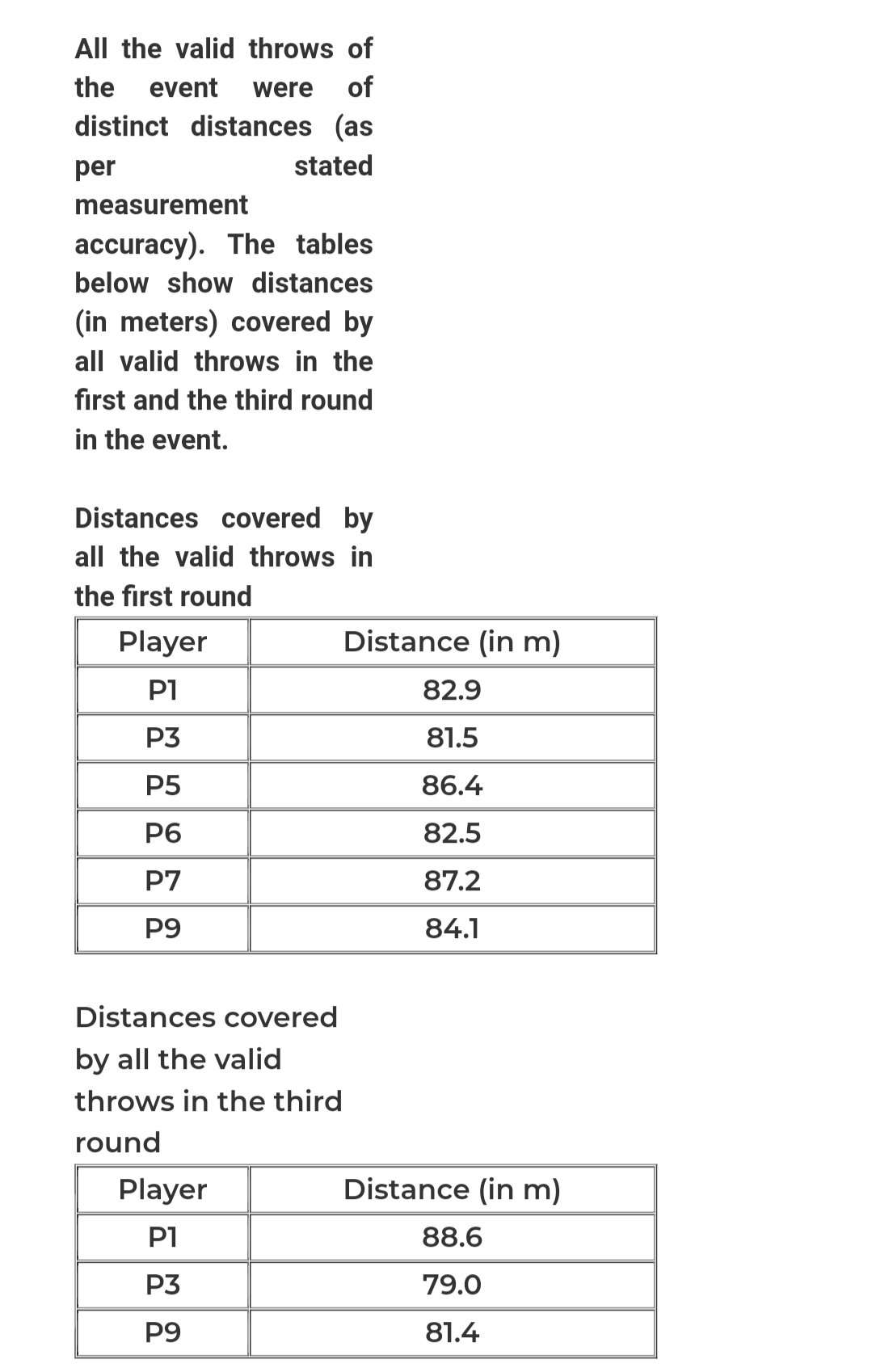In order to truly ‘bell the CAT’, it is very important to tame the notorious DILR(Data Interpretation and Logical Reasoning) section. Notorious because DILR has proven to be the pain point of many CAT aspirants be it because of the unpredictability of the difficulty level, or the uncertainty surrounding the type of questions asked. Unlike quant, the syllabus of the DILR section is not clearly defined which causes a lot of ambiguity to aspirants while they try to prepare for this section. In this article, we try to simplify the DILR section with regards to the types of questions asked along with their weightage in the past 5 years’ CAT papers in order for you to ace this section in CAT 2022.
The DILR section in CAT can be divided into two sub-sections which are Data Interpretation and Logical Reasoning. In data interpretation, certain graphs, charts and tables full of complex data are presented followed by additional information based on them, which would help in arriving at solutions to the questions asked. Don't forget to check the guides on acing the DI-LR at the end of the article!

The above chart shows an Observational Data Interpretation Set asked in CAT 2021, where one would have to observe and understand the visual data presented and then proceed to answer the questions. The Logical Reasoning Section contains various types of questions, which can range from Arrangements to Puzzles based on Conditionality, Grouping, Games and Tournaments, matrices etc.
You May Also Be Interested In Reading: Most Important QA Topics - Analyzing Past Years’ CAT Papers | Quantitative Aptitude

The table given here represents a Games and Tournament question asked in CAT 2021, where the distances covered by the various players are given along with some additional information. These would then be used to connect the dots and solve the questions asked with regard to this information.
With the change in the duration of the CAT exam from a 3-hour paper to a 2-hour paper, the paper pattern has also changed accordingly. While there were 32 questions asked in the DILR section in CAT 2019, it was reduced significantly to 24 questions in CAT 2020 and further reduced to 20 questions in CAT 2021. In CAT 2021, there were 4 sets in the section, 2 sets containing 4 questions each and the other 2 sets containing 6 questions each. It is also a good mix of MCQ and TITA(Type in the Answer) questions and the number of TITA questions asked has increased significantly over the years. However, one benefit of TITA questions is that they carry no negative marking for a wrong answer.
Take 50 Free DI-LR Sectional CAT Mock Tests To Help You Ace MBA Entrance Exams!
*The following data has been compiled from the analysis of various coaching institutes as well as the recent data has been compiled using best judgement due to overlapping between two or more topics. This is just a broad overview of the topics which have typically appeared in the CAT exam over the last 5 years and should not be considered an official syllabus.
| TOPICS | 2021 | 2020 | 2019 | 2018 | 2017 |
| Arrangements | 10% | 14% | 13% | 19% | 25% |
| Grouping & Conditionality | 10% | 25% | 6% | 6% | 0% |
| Games & Tournaments | 17% | 8% | 13% | 0% | 0% |
| Puzzles | 10% | 14% | 19% | 19% | 25% |
| Scheduling | 7% | 0% | 6% | 0% | 0% |
| Miscellaneous | 7% | 0% | 6% | 6% | 0% |
| DI - Reasoning Based | 10% | 17% | 19% | 19% | 31% |
| DI - Calculation Based | 10% | 14% | 13% | 31% | 19% |
| DI - Observation Based | 19% | 8% | 6% | 0% | 0% |
The best way to prepare for this section would be to first solve the past year's CAT papers to get a flavour of the types and difficulty level of the questions asked. This should be followed by regular practice of questions along with giving mock tests. Making sure that you analyse your mocks and work on your weak areas is of paramount importance to ace this section.
Along with this, question selection also plays a very important role in the DILR section. Since this section has usually been of a high difficulty level, selecting doable sets while maintaining calm and composure under pressure would make a big difference! All the best!
Check Out -> 6 Must-Read Resources To Tackle DILR In CAT 2022 | Ft. Amrita Mishra, IIM Calcutta '22
Recommended Videos For You
